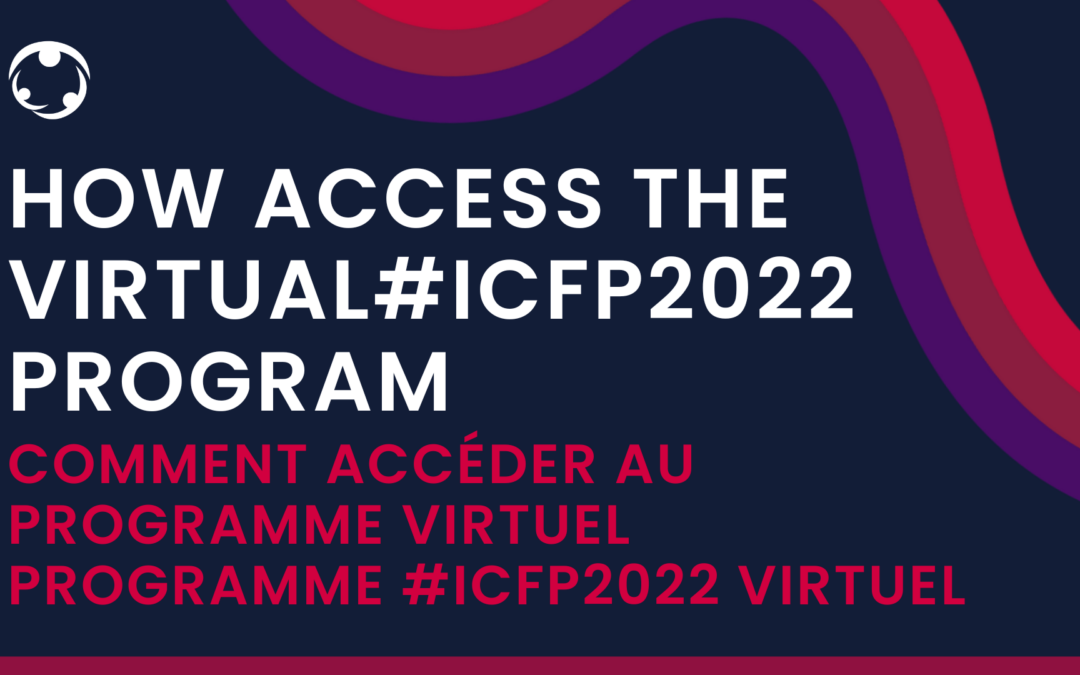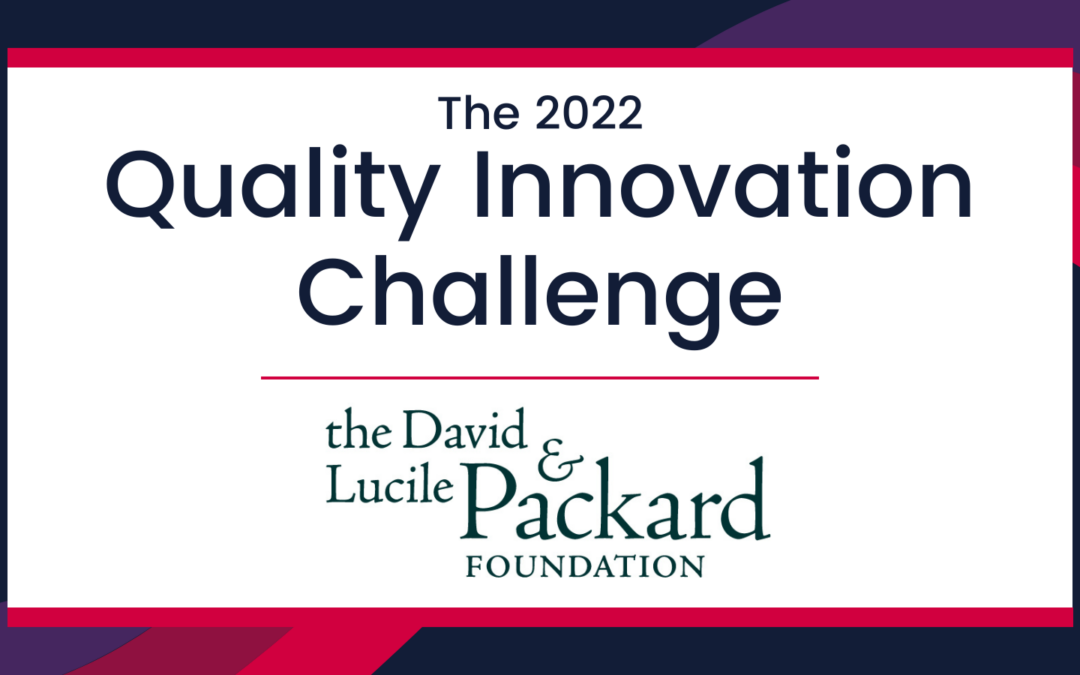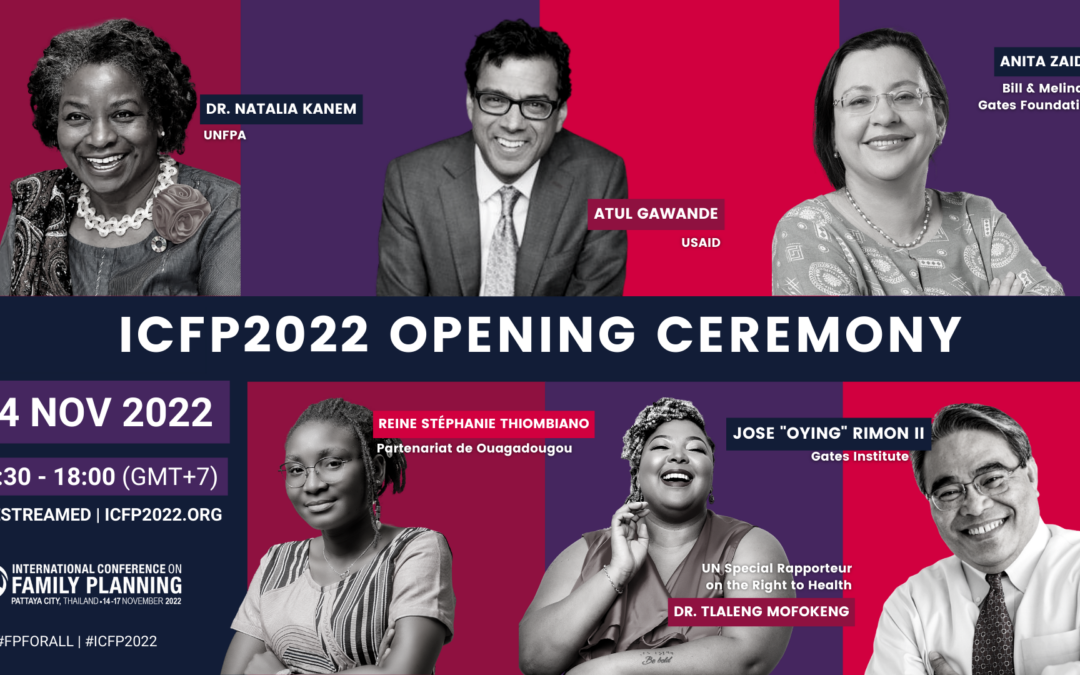Written by Dr. Preeti Shakya, Girls’ Globe
This article originally appeared on Girls’ Globe. Reposted with permission.
In many developing regions, young people still lack access to safe and effective family planning methods, for reasons ranging from lack of information or services to lack of support from their partners or communities. Young people are still being prevented from making informed autonomous decisions about their lives and their bodies.
Speaking from my own experience in Nepal, values about sexuality vary and are defined by culture and religion. One common barrier is social stigma, which discourages young people from openly discussing their needs and seeking the necessary interventions.
Nepal is one of the countries with fairly high adolescent fertility rates. Age at marriage is an especially important variable shaping fertility levels in Nepal, since it is a society where premarital sexual involvement is strongly disapproved of. The high rate of adolescent childbearing is a result of early age at marriage among women.
Nepal Demographic and Health Survey data reports some encouraging trends, such as the progressively increasing age at marriage over the past 15 years. However, there has not been a similar increase in the age at which adolescent girls begin childbearing.
In Nepal, the level of unmet need for family planning remains high.
Some adolescents cannot afford to pay for services, and even if they can, many fear that they’ll be required to provide parental consent before they can actually receive those services.
Young people have the right to make informed decisions about their lives. Integrating their perspectives and helping them overcome the social, legal and practical barriers they face is critical to achieving the goals of Family Planning 2020 (FP2020).
The Government of Nepal is committed to improving health outcomes in the country, and several policies and strategies have been put into place. The recent initiatives by government to provide family planning services through satellites and mobile clinics as well as community health volunteers is commendable to expand the reach of services in area of low accessibility.
Despite significant efforts, the idea of offering family planning services to young people is still not well accepted and easy to advocate for in Nepal.
In advocating for young people’s rights to access family planning, factors such as age, religion, livelihood and education need to be taken into account. It is also true that young people are often more likely to seek information about reproductive health from informal sources.
Accordingly, to advance progress, information should be provided through media, peers and informal sectors. Peer education can be an effective in facilitating young people’s access to sexual and reproductive health (SRH) services and influencing social norms. Providing adolescents with Comprehensive Sexuality Education (CSE) has been shown to improve adolescent sexual reproductive health knowledge, attitudes, and behaviors when implemented well.
Adolescents and youth constitute a large section of the population in Nepal. Given its size and likely trajectory of growth in the future, this population warrants a focused policy attention, especially when it comes to education, health and population. Adolescents make up a high percentage of Nepal’s total population, and so policies and programs in family planning and reproductive health will have to be expanded to meet the needs of these groups.
For adolescent SRH programs to be effective, we need substantial efforts from the government along with the non-governmental organizations and the private sector. Unproductive approaches should be abandoned, proven approaches should be implemented. New approaches should be explored that better respond to adolescents’ needs.
We must commit to providing young people with the tools to take action in their communities and identifying funding opportunities for youth-led efforts.
As we continue to build the framework for Universal Health Coverage, we must ensure meaningful and sustainable youth engagement on family planning at all levels.




